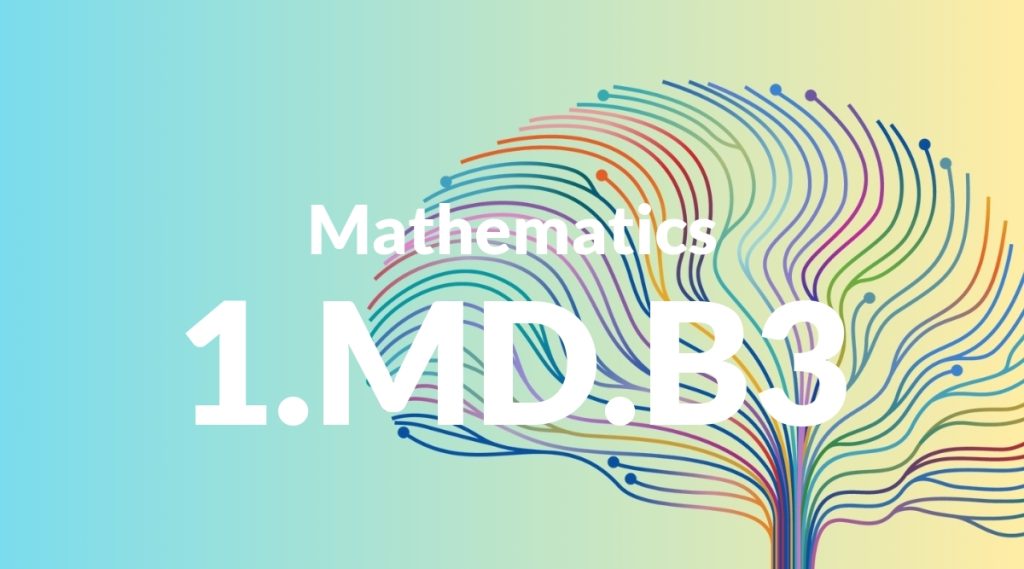Standard: 1.MD.B3 – Tell and write time in hours and half-hours using analog and digital clocks.
Grade level: Grade 1
Subject: Mathematics
Domain: Measurement & Data
Teacher Overview
This standard focuses on helping students understand how to tell and write time in hours and half-hours using both analog and digital clocks. Mastery of this skill is crucial as it is foundational for more advanced time-telling abilities and time management skills in daily life. Students should be comfortable with counting up to 12, recognizing numbers on a clock face, and grasping the basic concept of time intervals.
After mastering this standard, students will be able to tell time to the nearest five minutes, understand the concept of AM and PM, and apply their time-telling skills to real-world scenarios, such as calculating the duration of events.
Common Misconception 1
A common misconception is that students may confuse the hour and minute hands on an analog clock. This happens because both hands are moving and students may not yet understand their different roles.
Intervention 1
To remediate this, teachers can use color-coding or different shapes for the hour and minute hands to help students differentiate between them. Hands-on practice with clocks that have distinct hour and minute hands can also be beneficial.
Common Misconception 2
Another misconception is that students might think the time changes only when the minute hand points directly at a number. This misunderstanding can hinder their ability to tell time accurately.
Intervention 2
Teachers can provide practice with identifying times when the minute hand is between numbers, using both analog and digital clocks. Interactive activities and visual aids can help clarify this concept.
Prerequisite Knowledge
Students should be familiar with counting numbers up to 12, recognizing the numbers on a clock face, and understanding the basic concept of time intervals.
Subsequent Knowledge
Students will develop the ability to tell time to the nearest five minutes, understand the concept of AM and PM, and use time to solve real-world problems such as calculating the duration of events.
Instructional Activities
- Create a clock with movable hands for hands-on practice.
- Use digital clock simulations to reinforce the concept.
- Have students match times on analog clocks to digital times.
- Incorporate daily routines and schedules to practice telling time.
- Play time-telling games and activities.




